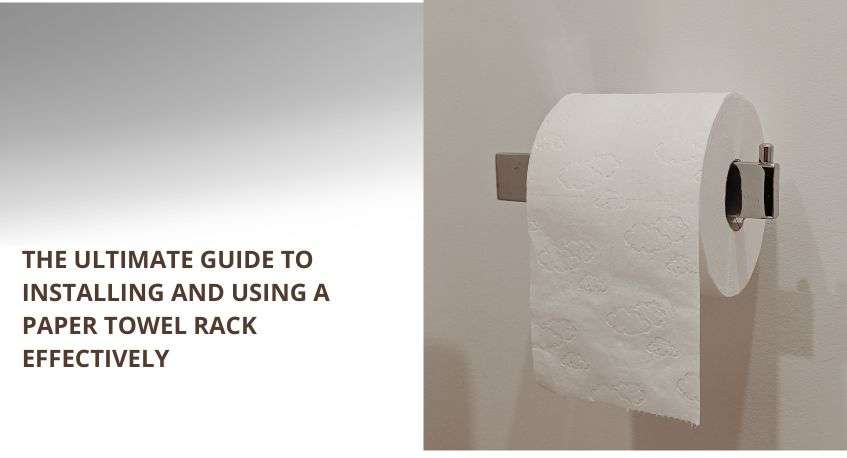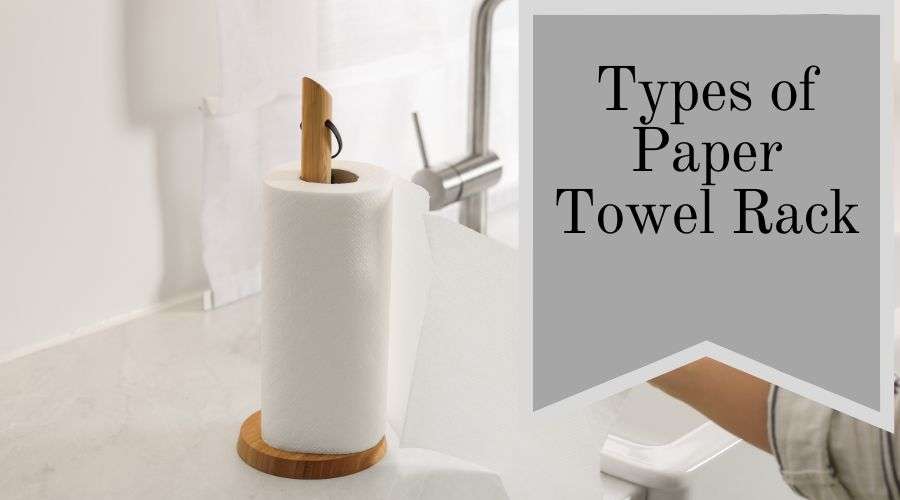
Blog

May 8,2024
Battery Springs: Important Parts in Modern Electronics
A battery needs terminals to supply power to a device. One can’t expect a machine to work without those terminals, at least in present-day devices. Contact springs work as terminals for electronic devices like toys, medical monitors, etc. They are very tiny and ordinary-looking components that play a key role in a device.
Without installing batteries and battery springs in an electronic device one can’t operate them. They are just stationary objects if they don’t have any power in them. To supply that power, not just batteries are important, metal terminals are also important. Every electronic toy requires batteries to work, and those batteries work with the help of compact springs.
The concept behind it is the connection between the battery and the springs. When you install batteries in that portion, there are two springs attached to it. Both have negative and positive terminals that connect the batteries with the device. Then the power supply process starts.
What is Battery Springs?
They are tiny metal coils that appear like springs. Another word for them is contact springs. Manufacturers install them in every electronic device whether it is a game controller, portable gaming device, medical device, or alarm clock. Countless devices are out there in which these contact springs are installed to conduct current from batteries to the device. However, there are a few types available in the industry, which work similarly. The only difference is their design, which shows compatibility level with the electronic board.
Where are they Found?
The compartment in which these springs are installed is usually at the back of an electronic device. Either one, two, or three batteries are installed in a device depending on the type of machinery in it.
Moreover, these springs have different sizes and thickness levels. It describes their conductivity and heat-resistance capacity. Using a thin spring may cause problems for a device that requires large batteries. This factor has an impact on the production of battery springs as well as electronic devices.
This compartment has a plastic cover that keeps the batteries protected from dust and moisture. If you find its cover damaged, then you need to do something about it. Your batteries may fall out if this cover is not there.
Why are Battery Springs Important?
No company wants its electronic devices to fail miserably just because of power issues. This is the element, which is focused on by every manufacturer. They have to ensure the batteries work without any interruption. If the connection is not stable, which depends on the springs, a device will not work properly. There will be power fluctuation, which may damage the electronic board. Besides, batteries can also get the countereffect of poor performance from springs.
No One Wants Poor Connection in a Device
That device will not work the way it was designed to work. Either it will not work or it will start malfunctioning. The consequences of poor electrical connection can be dangerous for an electronic device. This poor connection may halt some components inside a device from working at full potential. That is a sign of a poor connection you do not want to have.
Constant Pressure on Batteries Against Vibrations
Battery springs ensure there is constant pressure on the batteries while holding them securely. If they do not vibrate or shake during the process, there will be a stable supply of power. Batteries will not show poor outcomes because of that. This is how the batteries stay connected in electronic toys that vibrate or function in a moving state.
They require springs to hold batteries firmly. Some batteries may get heated up because of too much vibration, and this may lead to chemical leakage. Yes, some batteries may give up on such challenges. This will lead to problems for your device. This battery leakage can also damage the springs. It will cause chemical corrosion to your battery springs. Then another issue will take place, which is about replacement.
When to Replace Battery Springs?
There are some situations when you have to replace these contact springs. That could be any reason, either it might have corrosion or loss of tension. There are many reasons for replacing them but these are very common.
Risk of Corrosion
Some environments are not suitable for metals where corrosion attacks them. This could be because of moisture in the atmosphere, which can damage these springs earlier than you can expect. This moisture can reach the springs to create layers of rust on them. Then, the risk of low conductivity will occur because a rusty metal will not function well. Not only is its function affected, but its survival is also compromised.
Losing Tension
Then you will have signs of low tension in the springs also. That is because of frequent replacement of batteries or low-quality battery springs. If you expect such a loss of tension in the spring, you will have to go for the replacement. Otherwise, the springs will not be able to apply enough tension to the batteries.
What If You Don’t Replace Those Springs?
If you keep using those damaged springs, there will be a weak connection between the batteries and the electronic board. The springs will not connect them with optimum conductivity. The current will not flow the way it is supposed to do. Then you will also experience problems with the device.
Weak connection and damage to the device will take place. These problems will affect the function of an electronic device. You may compromise it just because of corroded or loose springs. Not replacing them at the right time will affect the performance of a device. Then the user experience will be affected by it.
These issues will affect the overall brand of an electronic device. No company can expect to sacrifice its goodwill just because of not using the right type of springs. Replacement of damaged springs is similar to it.
Conclusion
Though these contact springs seem to be very ordinary components, they are still worthy enough. One can’t expect any electronic device to function unless these springs are installed in them. Even batteries can not supply power to a device unless it gets full support from a battery spring. To keep your device working, you have to ensure these springs don’t lose their tension and conductivity.


